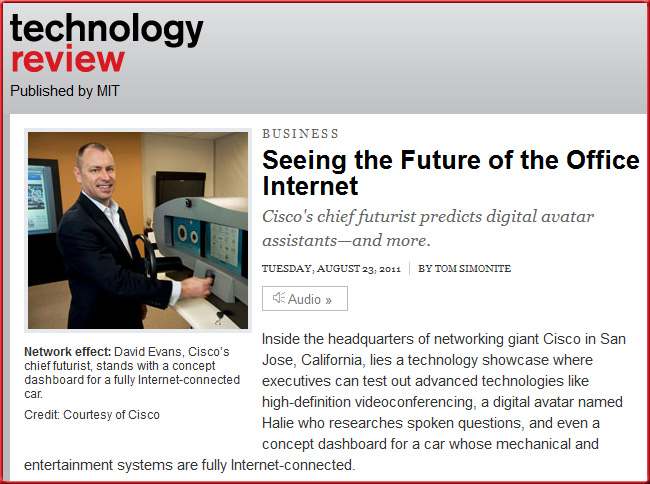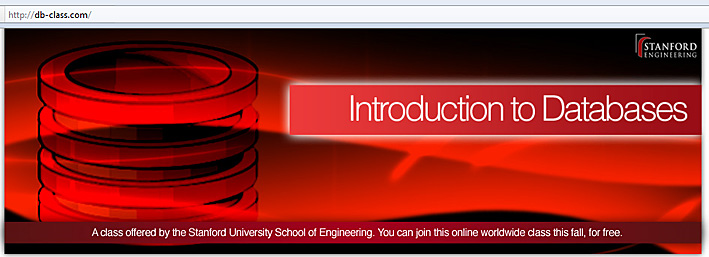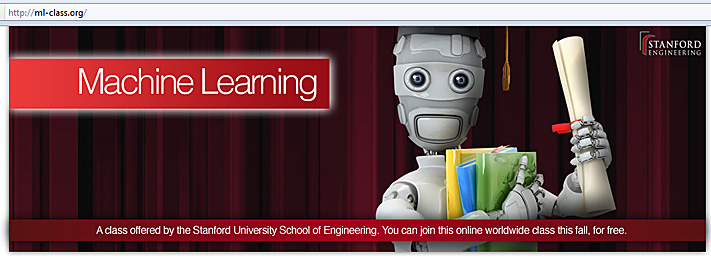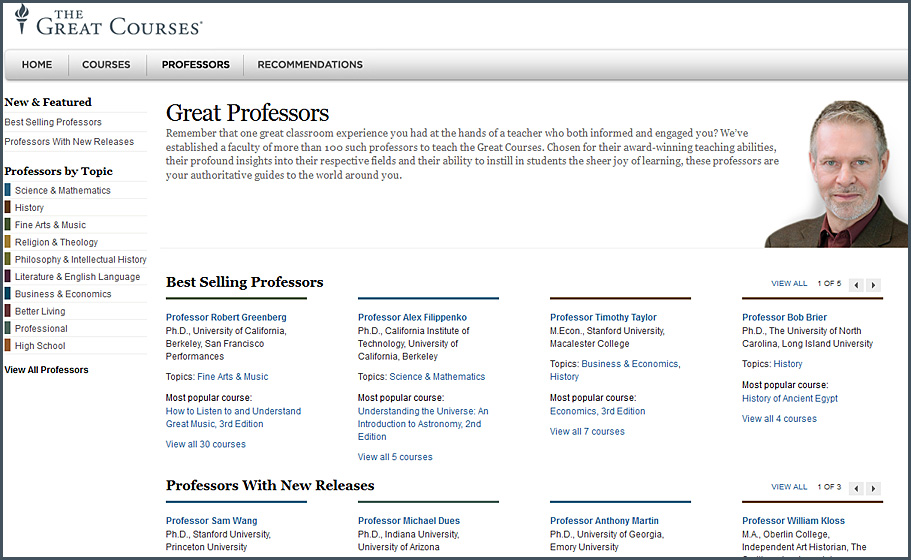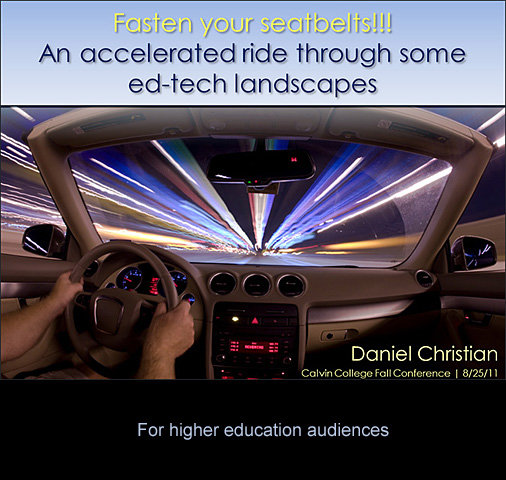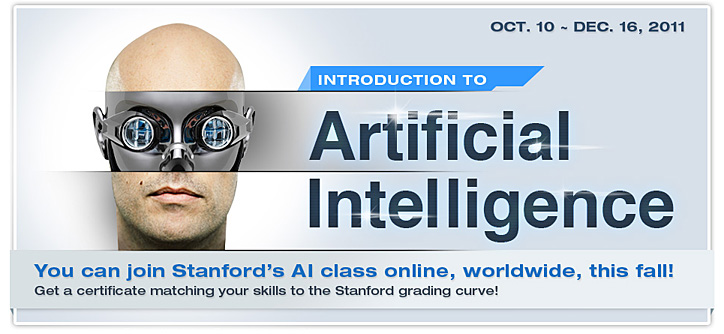How did the robot end up with my job? — from the New York Times by Thomas Friedman
Excerpt:
In the last decade, we have gone from a connected world (thanks to the end of the cold war, globalization and the Internet) to a hyperconnected world (thanks to those same forces expanding even faster). And it matters. The connected world was a challenge to blue-collar workers in the industrialized West. They had to compete with a bigger pool of cheap labor. The hyperconnected world is now a challenge to white-collar workers. They have to compete with a bigger pool of cheap geniuses — some of whom are people and some are now robots, microchips and software-guided machines.
…
The proper term, says Lamy, is “made in the world.” More products are designed everywhere, made everywhere and sold everywhere.
The term “outsourcing” is also out of date. There is no more “out” anymore. Firms can and will seek the best leaders and talent to achieve their goals anywhere in the world.
Robots mania — from WashingtonPost.com
Each year robots are getting more sophisticated and entertaining than ever before. Check out these captivating robots that can do almost anything — from reciting Shakespeare to serving shaved ice cream with a smile.









